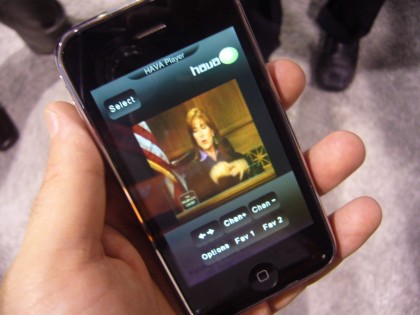
Last night I had one of those moments – scratch that, one of those hours – which illustrates exactly why TV is still the best medium for television shows. I’m a big fan of Hulu, and I love that I can catch the occasional old episode of Bones or Thirty Rock on my netbook while hitting the treadmill or cleaning the kitchen. However, by far the best TV experience for me still comes from pointing my remote at the big screen in my living room. Here’s why.
I discovered recently that an un-aired episode of Dollhouse, Epitaph 1, had made its way to iTunes (Amazon VOD, too), where the Whedon show has been exceedingly popular. I instantly plunked down the $2.99 and started downloading the HD version to my trusty Eee PC. Since the episode was a 676MB file, I left my computer running and checked in later… only to discover that my PC had done an automatic update and automatically shut itself down. Begin download take two.
The second download worked fine, and last night I set things up to watch the coveted episode on our big screen TV. I plugged the netbook in to the TV with a VGA cable and connected the audio up to some living-room speakers. Brilliant, right? Hardly. I assumed that since the show was downloaded and not streaming, and since I had successfully watched crystal-clear HD content on my Eee PC before, that porting over to the big screen would not be a problem. Unfortunately, my poor little netbook didn’t have the horsepower to carry it off. First came the stuttering, and then came the abrupt, no-warning shut-down of my computer.
Read more



